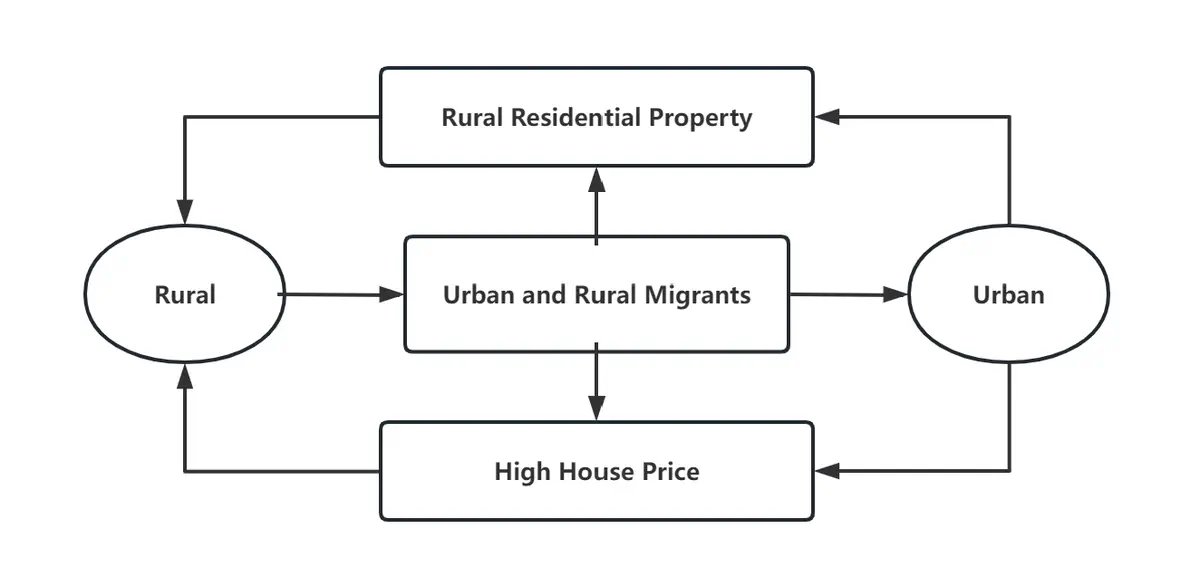Housing ownership and the social integration of migrant populations
Push-pull theory is an important macro theory in the field of demography. This paper shows another practical perspective of push and pull theory by measuring the push and pull forces affecting the social integration of the incoming labour force from the perspective of housing property rights.
 Image credit: Unsplash
Image credit: UnsplashData source
This paper selected data from the 2018 China Migration Dynamic Survey (CMDS) organised by the National Health Planning Commission for empirical analysis. The survey covered 31 provinces (municipalities and autonomous regions) in mainland China, and the sample was selected from the migrant population who had been in the area for more than one month. The average age of the sample ranged from 15-59 years old.
Empirical analysis
This study uses a Probit model to analyse the impact of urban and rural property rights factors on the subjective integration intentions of the migrant population. Through propensity score matching, this paper conducts robust type tests on the regression results of rural residential property rights affecting the subjective integration intentions of the migrant population; the inflection point of house price to income ratio on the integration intentions of the migrant population is calculated through quadratic regression, while instrumental variables are used to mitigate the effect of potential endogeneity on the regression results.
Results
There is a significant negative effect of rural residential property rights (homestead) ownership on the socio-economic integration and cultural-psychological integration of the migrant population in the inflow area. The effect of urban house prices on the social integration of the migrant population is consistent with the non-linear hypothesis - there is a negative relationship between the willingness of the migrant population to integrate socially and house prices within a realistic range.